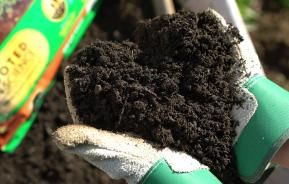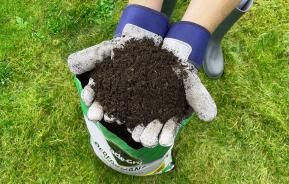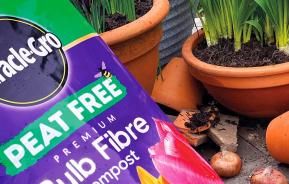Crataegus monogyna (also known as ‘Quickthorn’ and ‘May Tree’) is a deciduous tree native to the UK, and there are quite a few species around the world. It is mostly grown as a hedging plant producing more stems when it is laid and if left to mature it will reach around 15m.
Hawthorn is not too fussy about soil as long as it is moist and well drained in a sunny position or dappled shade. White flowers with a hint of pink appear after the lobed leaves are out, they have a scent which is not to everyone’s taste. After good pollination weather masses of deep red berries appear in the autumn to fatten up our own wildlife and winter migrants such as Fieldflares and Redwings.
A great many caterpillars eat the leaves and they are kept in check by birds like Blue Tits feeding their young chicks. Hawthorn is found in most hedges and when laid it makes an almost impenetrable barrier for livestock helped by its very sharp thorns.
There are cultivated types for the garden - still with sharp spikes - and come in a variety of flower colours.

Apart from hedging, Hawthorn wood is not used much but does make good firewood. When used as a hedge around your property, the thorns and tangled growth habit deter all but the most determined uninvited guests!








